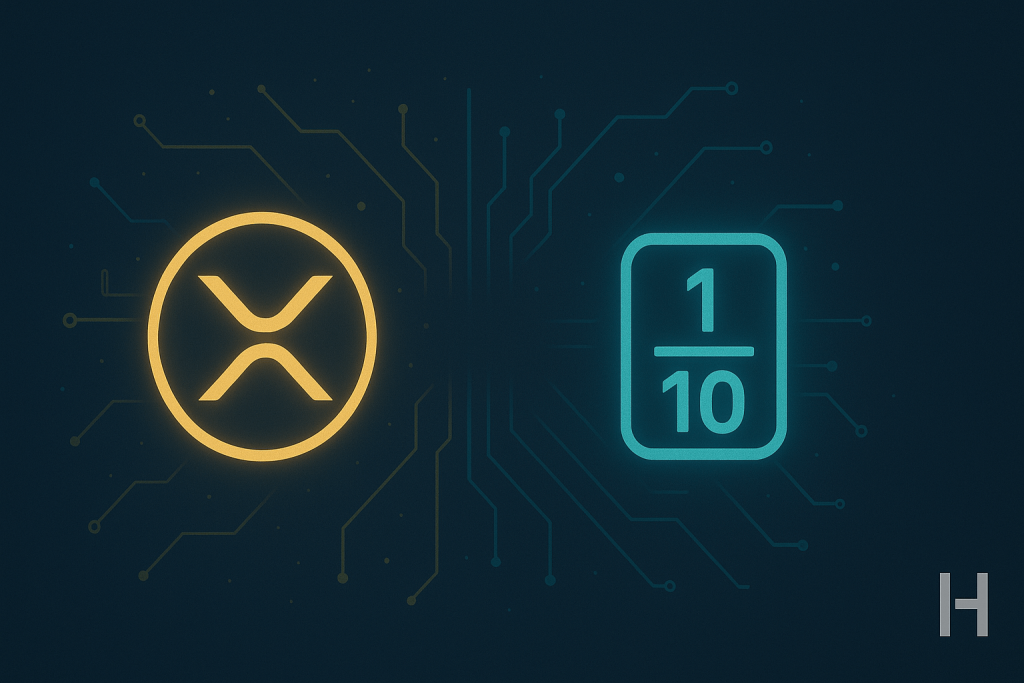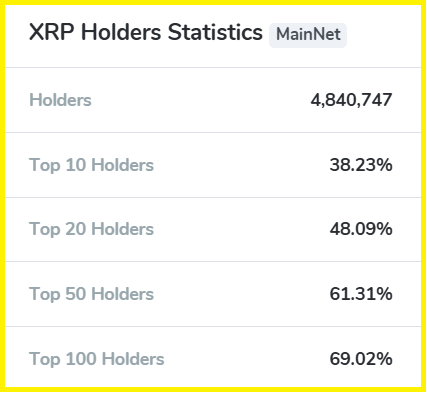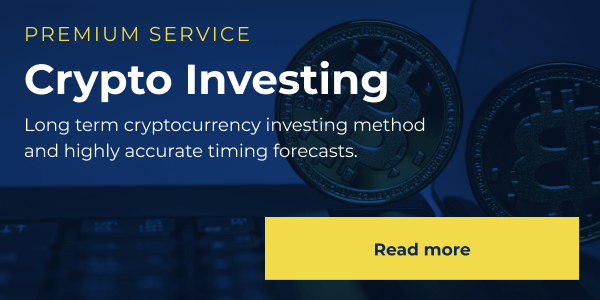Major XRP ownership is concentrated in Ripple, top executives, large exchanges, and private whales, creating a clear structure of supply control.
The XRP rich list shows which addresses hold the largest XRP balances on the ledger and how concentrated the token supply is at the top.
This information is important because large holders shape liquidity and can influence market behavior when they transfer or sell.
XRP has a fixed maximum supply of about 100 billion tokens. Roughly 65 billion XRP circulate in public hands, leaving about 34.7billion held by Ripple or locked in escrow.
The top addresses hold a large share of this circulating pool, so even one transfer from a major wallet can create visible waves in price and order-book depth. The figures below come directly from live on-chain trackers that refresh throughout the day.
RECOMMENDED: Is XRP A Buy This November?
XRP Rich List: Who Are the Largest XRP Holders?
| Owner | XRP Amount | % of Circulating Supply |
| Upbit | 6,168,479,246 XRP | 10.262% |
| Ripple | 4,539,693,600 XRP | 7.553% |
| Chris Larsen | 2,532,688,426 XRP | 4.16% |
| Binance | 2,166,135,360 XRP | 3.604% |
| Bithumb | 1,771,287,940 XRP | 2.947% |
| Uphold | 1,676,669,756 XRP | 2.789% |
| Bitbank | 574,891,204 XRP | 0.956% |
| Coincheck | 552,319,952 XRP | 0.919% |
| Coinone | 287,958,977 XRP | 0.48% |
| Crypto.com | 270,503,627 XRP | 0.45% |
1. Upbit
Upbit’s cluster of tagged hot and cold wallets sums to roughly 6.17 billion XRP, about 10.26% of the circulating supply.
These are custodial addresses that hold deposits for many users, so the balance reflects collective customer custody rather than a single owner.
It’s common for exchanges to spread funds across several addresses for operational and security reasons.
When exchange custody grows it usually means user inflows or new product demand; when it drops quickly it’s usually withdrawals or internal rebalancing.
Because these are pooled wallets, a large transfer from one of them may signal exchange-level movement (e.g., withdrawals, fiat settlements, or hot/cold reshuffles) and often moves market sentiment.
2. Ripple
Addresses explicitly tagged as Ripple add up to about 4.54 billion XRP, about 7.55% of circulating supply.
These addresses are a mix of corporate holdings and escrow-style accounts that Ripple has historically used for operational purposes and periodic releases.
Ripple has multiple separate ledger accounts on public explorers, so summing them gives a more realistic view of its on-ledger footprint.
You should closely watch these accounts because escrow releases or large transfers often lead to headlines and short-term volatility; though many transfers are internal or programmatic (not immediate market sales).
3. Chris Larsen
Chris Larsen’s known wallets collectively hold roughly 2.5 billion XRP, making him one of the largest individual holders in the ecosystem.
Several of these wallets are publicly tracked, with some sitting in the mid-hundreds of millions while others carry far larger balances.
As a Ripple co-founder, his on-chain movements attract close attention because founder-level transfers can influence market sentiment.
These shifts aren’t always sales; they often reflect security practices, long-term planning, or routine reallocation. Still, traders still monitor them as potential signals.
4. Binance
Binance’s combined custodial addresses hold roughly 2.17 billion XRP, or about 3.60% of circulating supply.
Like other exchanges, Binance operates multiple wallets for custody, user deposits, and operational liquidity.
When Binance shifts funds between hot and cold wallets, the movement shows up on the ledger and can influence short term liquidity.
Traders often monitor these transfers because internal rebalancing sometimes happens when user activity spikes.
RECOMMENDED: 5 Major Companies Quietly Acquiring XRP
5. Bithumb
Bithumb holds one of the largest exchange wallets on the ledger with about 1.77 billion XRP.
This amount represents roughly 2.95% of circulating supply. Bithumb is a major Korean platform with high retail volumes.
Because the wallet centralizes many customer deposits, it ranks among the richest XRP addresses.
The presence of Bithumb near the top of the list reflects strong activity from Korean retail and trading communities.
6. Uphold
A large custodial wallet tagged as Uphold carries about 1.65 billion XRP. This equals about 2.79% of circulating supply.
Uphold provides both retail and institutional services, so the balance reflects combined custody rather than single-entity ownership.
When custodians grow balances, they usually do so because of user inflows or new product offerings.
Those balances can shrink quickly if the platform executes large customer withdrawals or internal rebalancing.
Because custodial wallets represent many users, a transfer does not always mean a single actor sold XRP, but the market still reacts to visible moves.
7. Bitbank
Bitbank’s wallet holds about 574 million XRP, placing Bitbank among the largest custodians in the ecosystem. The balance aggregates retail deposits and institutional accounts.
When Bitbank shifts balances between storage layers, traders detect changes in regional liquidity.
This matters because Japanese markets often show different patterns from US or Korean exchanges.
Cross exchange flows from platforms like Bitbank help analysts understand how demand and supply differ between regions.
RECOMMENDED: Will XRP Hit $5? Three Scenarios for the 2025 Bull Run
8. Coincheck
Coincheck holds about 552 million XRP, which equals about 0.85% of the circulating supply. Coincheck is a well known Japanese platform with deep retail activity.
Its wallet balance reflects both trading demand and stored assets for customers.
Because Japan has tight regulatory rules for exchanges, these balances are monitored closely. If Coincheck processes large inflows, it can signal rising demand among Japanese traders.
Larger outflows can reflect portfolio changes or market rotations.
9. Coinone
Coinone’s XRP wallet, holding roughly 287 million XRP, places it among South Korea’s more influential exchanges in terms of XRP liquidity.
The exchange has strong links to Korea’s highly active retail trading culture, where XRP has consistently remained one of the top-traded assets for years.
This concentration of local demand has helped the exchange maintain a deep order book and stable turnover, even during periods when global volumes softened.
Coinone also tends to attract long-term XRP participants due to its tight KRW on-ramps and regulatory alignment within Korea’s strict licensing framework.
These policies create a trading environment where assets like XRP benefit from predictable oversight and clear reporting rules.
RECOMMENDED: Could Central Banks Quietly Be Testing XRP For Settlement?
10. Crypto.com
Crypto.com’s known XRP holdings are estimated at about 270 million.
The platform’s rapid growth stems from its aggressive push into mainstream consumer markets through sponsorships, branded cards, and mobile-first product design.
This wide user funnel consistently channels steady XRP activity, supporting the exchange’s role as a liquidity bridge across markets that normally behave very differently, such as Asia, Europe, and North America.
Unlike some platforms that rely heavily on a single user demographic, Crypto.com’s XRP volumes come from a mix of institutional routing, retail trading, and cross-ecosystem utility within its app.
Escrow And Ripple’s Holdings Are The Single Largest Supply Factor
Ripple manages a significant portion of the XRP supply through escrow. The ledger shows that about 34.77 billion XRP sit in escrow.
This equals roughly 35% of total supply. About 65.22 billion XRP rest outside escrow and circulate in the market.
Each month Ripple releases a portion of escrowed XRP and moves it to operational wallets, where it may be used for company needs or market sales.
When analysts group all Ripple addresses together, the company’s total holdings exceed any single whale or exchange.
RECOMMENDED: XRP Price Forecast: Can XRP Hit $4.0 in 2025?
Exchanges, Custodians And Hidden Whales: How To Read The List
Most top addresses belong to exchanges and custodians. This means the listed amount reflects user deposits rather than ownership by the exchange.
Understanding this distinction is important because movements from these wallets do not always indicate actual selling or buying.
They often represent internal rebalancing. Hidden whales appear among untagged wallets and can belong to private investors or OTC desks.
To read the list correctly, observe patterns such as repeated deposits into exchange wallets or transfers between large unknown wallets. These movements often provide signals about market direction.
RECOMMENDED: Can XRP Really Hit $10? Here’s What the Data and Charts Reveal
Conclusion
The top 10 richest XRP addresses hold about 14.8% of circulating supply. Exchanges occupy most of the top slots, followed by several Ripple-controlled wallets and a handful of private whales.
Ripple’s escrow system locks a large portion of the total supply and influences how much XRP reaches the market each month.
To understand XRP supply dynamics, it is essential to track exchange flows, unknown whale movements and Ripple escrow releases.
Before making any decisions about XRP you should review live data from on-chain trackers.
Join eToro today and receive $10 in free crypto on your first deposit. Trade crypto, stocks, and ETFs with powerful tools and social investing features like CopyTrader™
Crypto investments are risky and may not suit retail investors; you could lose your entire investment. Understand the risks here
Don’t Miss the Next Big Move – Access Alerts Instantly
Join the original blockchain-investing research service — live since 2017. Our alerts come from a proprietary 15‑indicator methodology built over 15+ years of market experience. You’re following the service that identified major turning points through crypto winters and bull runs alike
Act now and see why thousands trust us to deliver signals before markets move.




